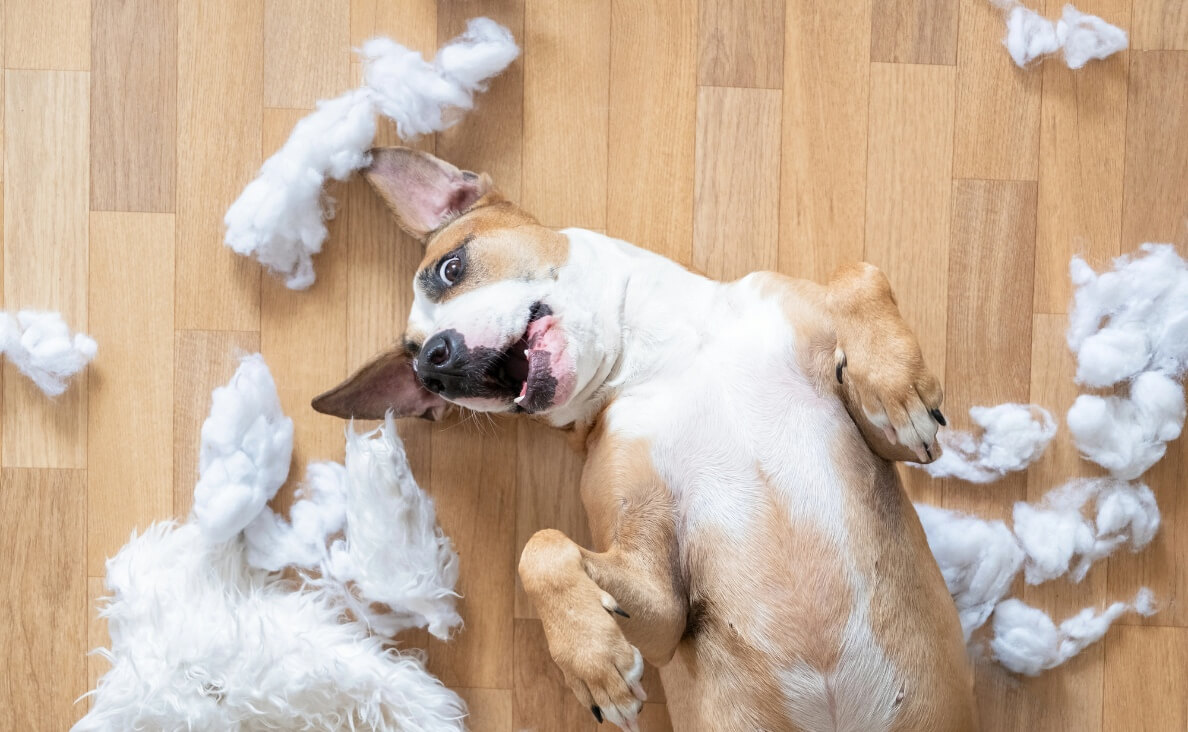
Hyperactive puppies can be a handful, leaving owners exhausted and unsure of how to manage their boundless energy. Understanding how to calm a hyperactive puppy is crucial for fostering a peaceful and happy home environment. Addressing a hyperactive puppy’s behavior early is essential to ensure they grow into well-adjusted adult dogs.
This guide will provide you with the top 10 tips to help calm your hyperactive puppy, making life easier for both you and your furry friend.
Tip 1: Establish a Routine
One of the most effective ways to manage a hyperactive puppy is by establishing a consistent daily routine. Puppies thrive on predictability, and having a set schedule helps them understand what to expect throughout the day. Start by setting regular times for feeding, walking, playtime, and sleep. This consistency helps your hyperactive puppy know when it’s time to be active and when it’s time to rest. For instance, if you feed your puppy at the same times each day, they will learn to anticipate mealtime and be less anxious or hyperactive around food.
Consistency extends beyond just feeding and playtimes. Incorporate regular potty breaks, training sessions, and quiet time into their daily routine. By doing so, you’re teaching your hyperactive puppy that there are times for everything, which can significantly reduce their overall anxiety and hyperactivity. It’s important to stick to this routine as closely as possible. If changes are necessary, try to adjust gradually to give your puppy time to adapt. Remember, patience is key when establishing a new routine, especially with a hyperactive puppy.
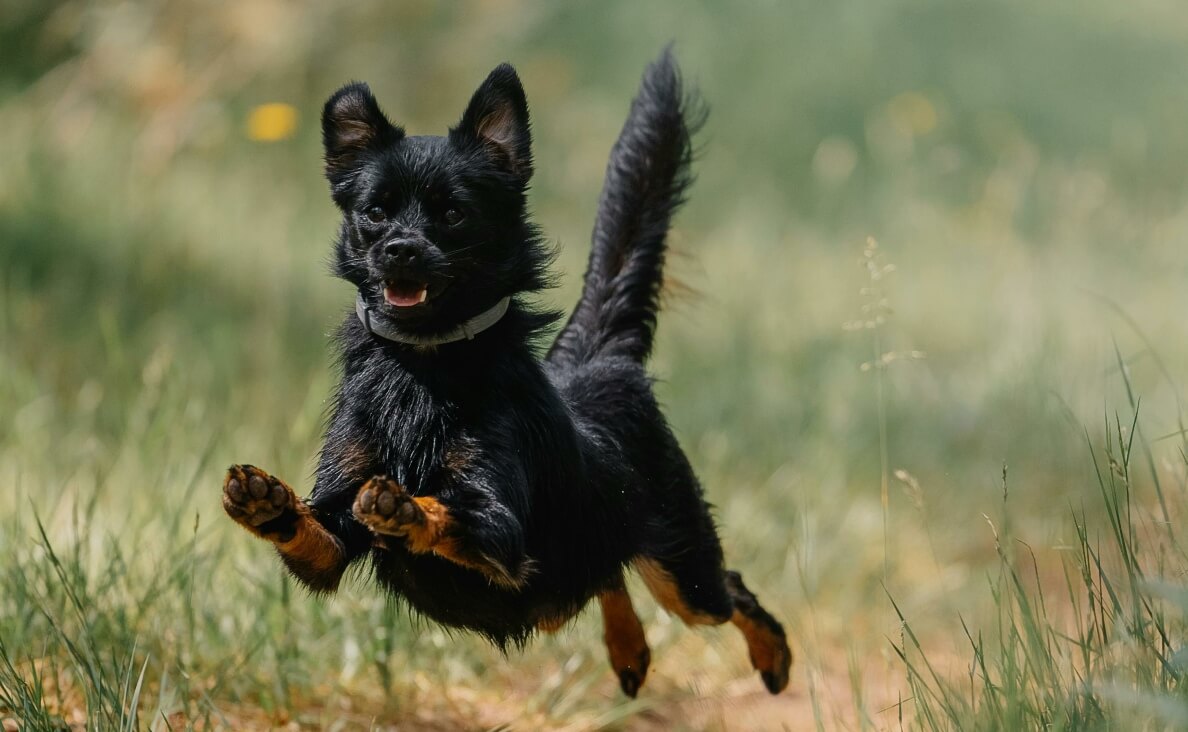
Tip 2: Provide Plenty of Exercise
Regular physical activity is crucial for burning off the excess energy of a hyperactive puppy. Exercise helps to channel their energy into positive activities and reduces the chances of them engaging in destructive behaviors. Aim for at least 30 minutes to an hour of exercise each day, depending on your puppy’s breed and energy levels. This can include walks, playing fetch, or even agility training if your puppy is up for it.
Different breeds have different exercise needs, so it’s essential to tailor the activities to your specific puppy. For example, a Border Collie will require more intense exercise compared to a Shih Tzu. Incorporating a variety of physical activities keeps your hyperactive puppy engaged and mentally stimulated. Outdoor play is particularly beneficial as it provides new environments and smells, which can be both mentally and physically exhausting for your puppy.
Interactive toys like balls and frisbees can make exercise more enjoyable for both you and your puppy. Remember to supervise these playtimes to ensure your puppy stays safe. Additionally, incorporating training commands into play, such as teaching your puppy to sit or stay before fetching a toy, can help reinforce good behavior while they exercise. Exercise is not only about physical activity but also about building a bond with your puppy through fun and engaging activities.
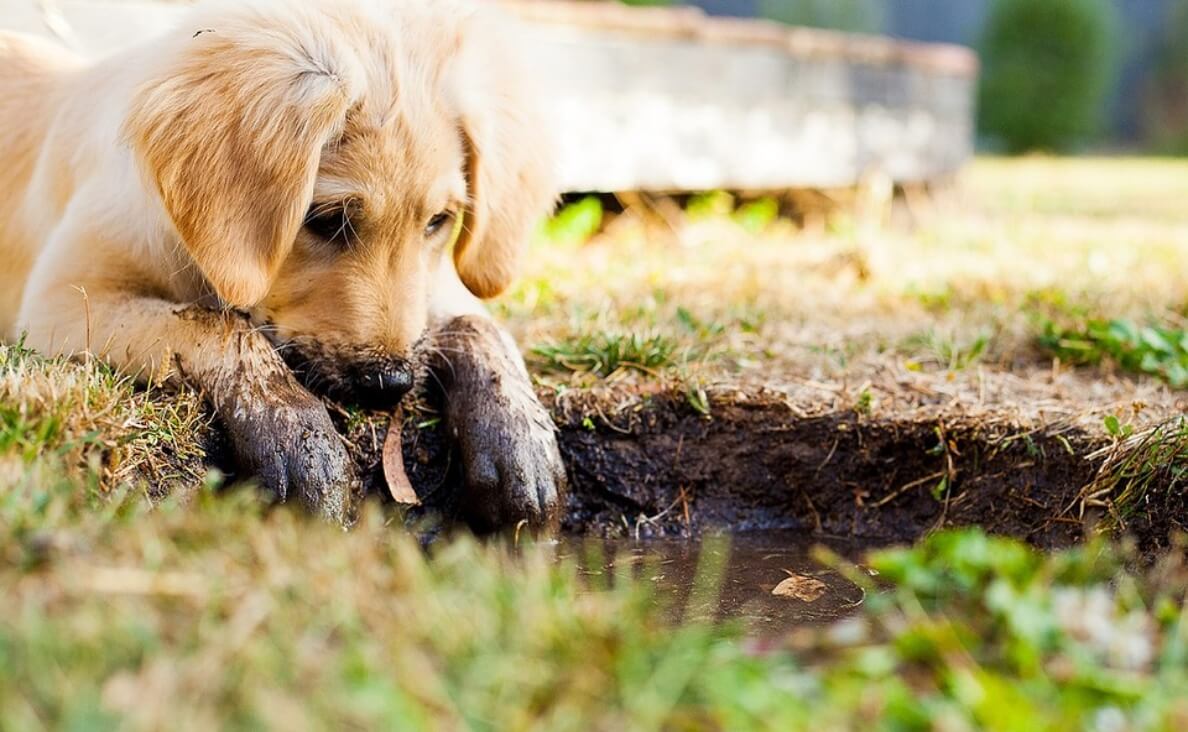
Tip 3: Mental Stimulation
Keeping your hyperactive puppy’s mind active is just as important as physical exercise. Mental stimulation prevents boredom, which is often a significant factor in hyperactive behavior. Puzzle toys, training sessions, and interactive games are excellent ways to keep your puppy’s brain engaged. Puzzle toys that dispense treats when solved are particularly effective, as they challenge your puppy to think and problem-solve.
Training sessions provide both mental and physical stimulation. Teaching your puppy new commands or tricks keeps their mind busy and helps improve their behavior. Short, frequent training sessions are more effective than long, infrequent ones. Aim for five to ten minutes of training a few times a day, using positive reinforcement techniques. Reward your puppy with treats or praise when they successfully follow a command, reinforcing good behavior.
Interactive games, such as hide and seek, can also provide mental stimulation. Hide treats or toys around the house and encourage your puppy to find them. This not only stimulates their mind but also engages their natural instincts. Additionally, rotating your puppy’s toys regularly can keep them interested and mentally stimulated. Introducing new toys or changing their environment can provide fresh challenges and keep your hyperactive puppy engaged.
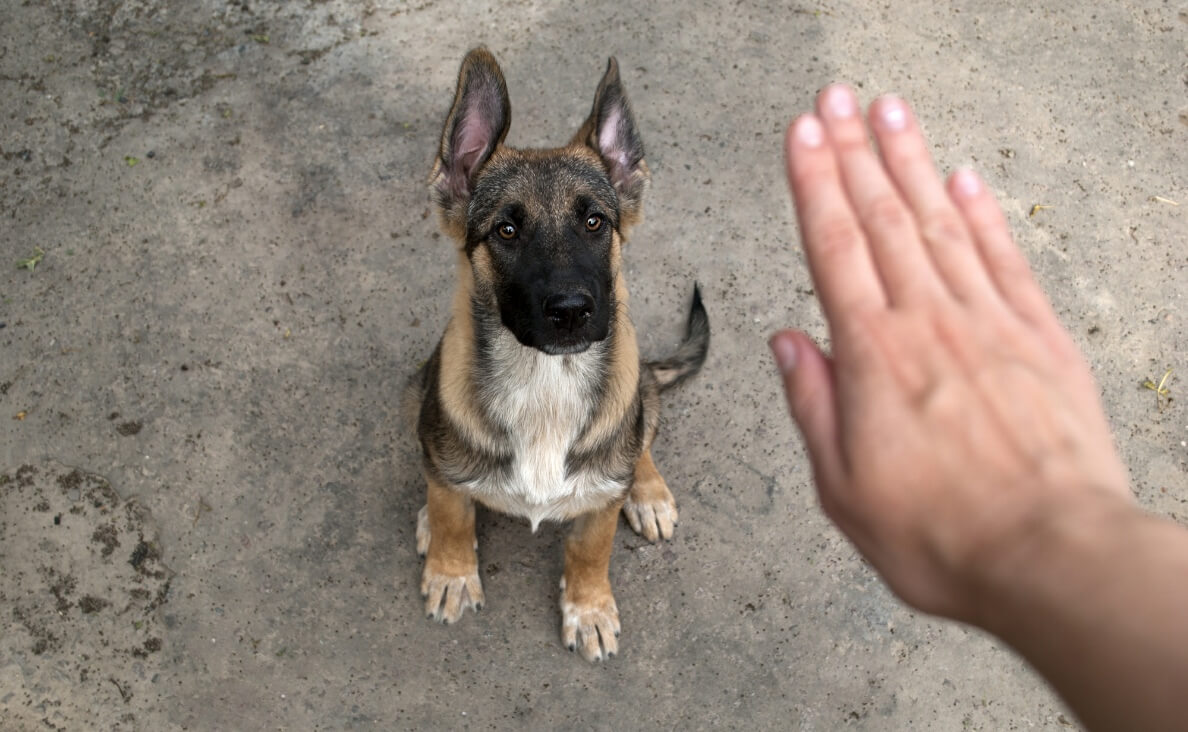
Tip 4: Consistent Training
Consistent training is vital for managing a hyperactive puppy. Training teaches your puppy what behaviors are expected and helps them understand boundaries. Basic obedience commands, such as sit, stay, and come, are essential for managing hyperactivity. Consistency is key; ensure all family members use the same commands and reward system to avoid confusing your puppy.
Positive reinforcement is the most effective training method for a hyperactive puppy. Reward good behavior with treats, praise, or playtime, and ignore or redirect unwanted behavior. For example, if your puppy jumps on you when excited, turn away and ignore them until they calm down, then reward them for sitting quietly. This teaches them that calm behavior is rewarded, while hyperactivity is not.
Training sessions should be short and engaging to keep your puppy’s attention. Five to ten minutes of training a few times a day is ideal. Consistency in training helps reinforce good behavior and reduces hyperactivity over time. Additionally, incorporating training into daily routines, such as having your puppy sit before meals or stay while you open the door, reinforces good behavior in everyday situations.
Related: 4 Puppy Training Rules to Positively Change Your Life
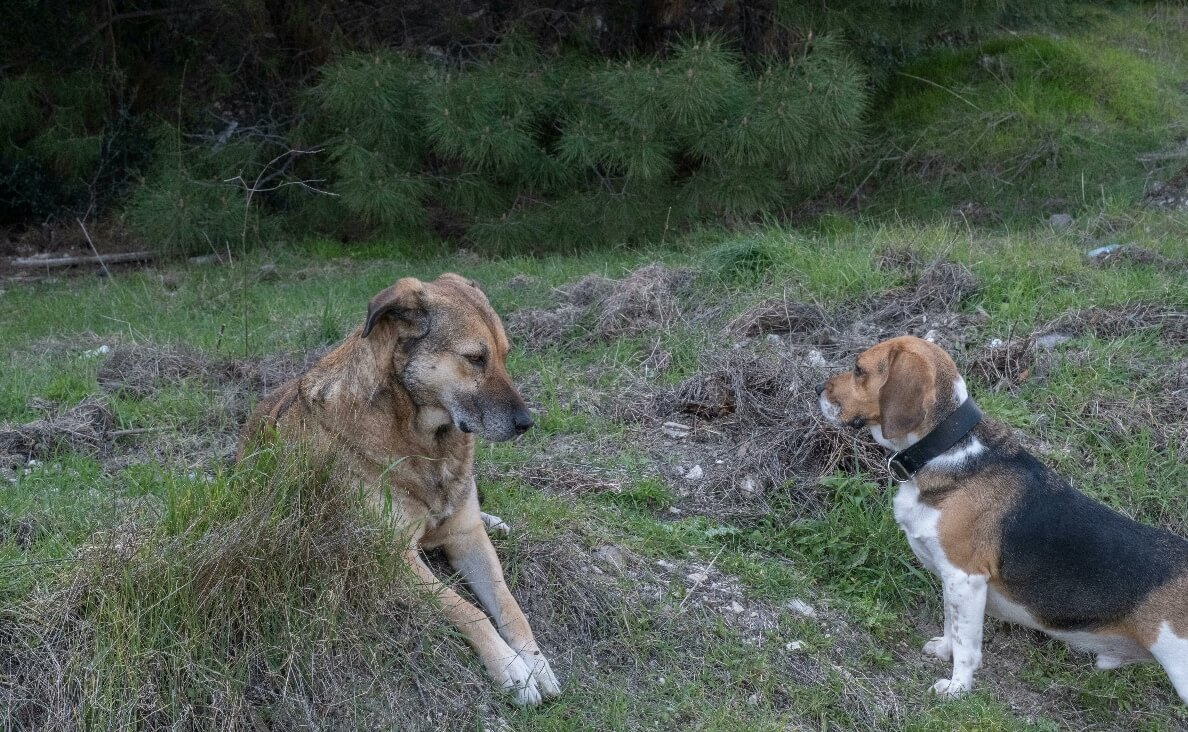
Tip 5: Socialization
Socialization plays a crucial role in managing a hyperactive puppy’s behavior. Introducing your puppy to various environments, people, and other animals helps reduce anxiety and overexcitement in new situations. Proper socialization teaches your puppy how to behave appropriately around others and helps them feel more confident and less hyperactive.
Start socializing your puppy from a young age by exposing them to different settings and experiences. Take them on walks in different neighborhoods, introduce them to new people, and arrange playdates with other dogs. Gradually increase the complexity of social situations as your puppy becomes more comfortable. Socialization should be a positive experience, so use treats and praise to reward calm behavior.
Enrolling your hyperactive puppy in a puppy socialization class can be beneficial. These classes provide a controlled environment for your puppy to interact with other dogs and learn proper social behavior. The structured setting helps your puppy understand how to behave in a group and reduces hyperactive behavior over time. Additionally, socialization helps prevent behavioral issues such as fearfulness or aggression, which can contribute to hyperactivity.
When your puppy is old enough and is current on certain vaccinations including Bordetella, distemper and rabies, consider enrolling him or her in daycare. Bringing a hyperactive puppy to doggy daycare offers numerous benefits that extend beyond simple exercise and socialization. For starters, daycare provides a controlled and safe environment where your energetic pup can burn off excess energy under the supervision of trained professionals. This is particularly beneficial for hyperactive puppies, as it helps to channel their boundless enthusiasm into structured play and activities, reducing the likelihood of developing destructive behaviors at home. Additionally, the socialization aspect cannot be overstated. Puppies who regularly interact with a variety of dogs and people tend to develop better social skills, which are crucial for their overall behavior and temperament as they grow. These interactions help them learn important canine communication cues and manners, making them more well-adjusted and easier to manage in various social settings.
Related: Canine Campus Dog Daycare
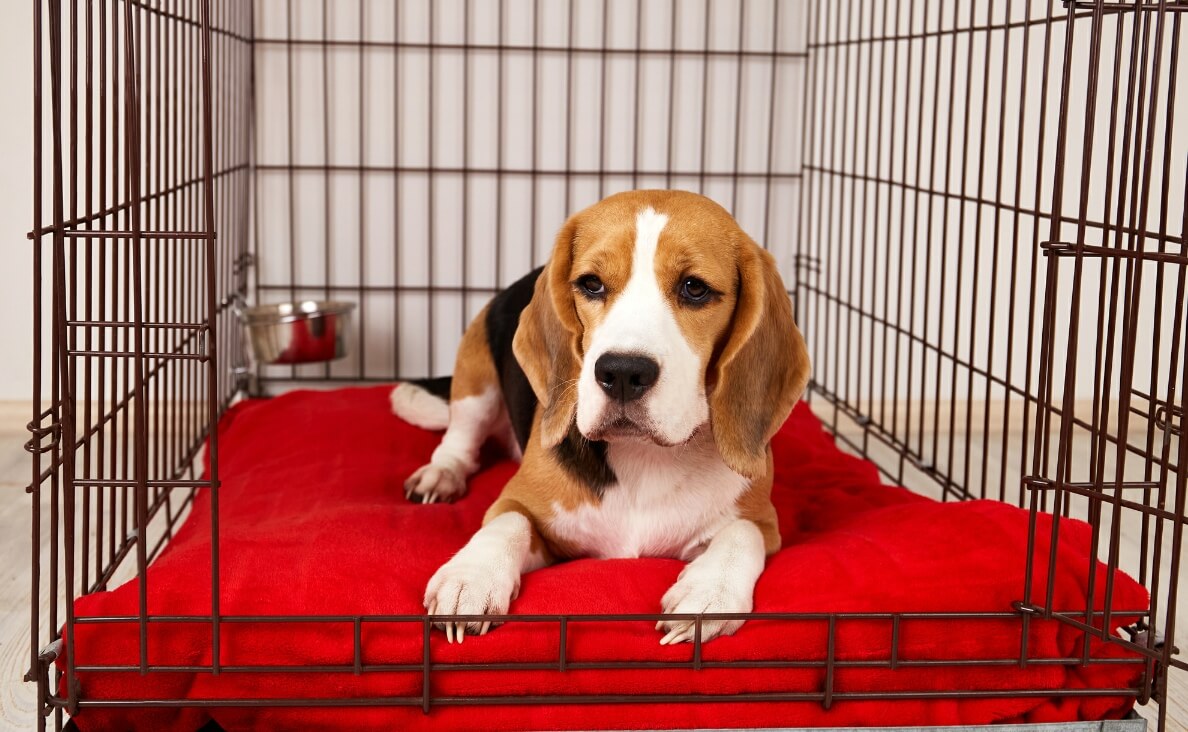
Tip 6: Provide a Safe Space
Creating a safe, quiet space for your hyperactive puppy to relax is essential for managing their energy levels. A designated area, such as a crate or a cozy corner, gives your puppy a place to retreat when they need to calm down. This space should be free from distractions and equipped with comfortable bedding and calming aids if necessary.
Crate training can be particularly effective for providing a safe space. A crate gives your puppy a sense of security and can be used as a tool to manage hyperactivity. Introduce the crate gradually, using positive reinforcement to make it a positive experience. Place treats and toys inside the crate to encourage your puppy to enter willingly. Over time, your puppy will learn to associate the crate with relaxation and calmness.
In addition to a crate, setting up a cozy corner in your home can provide a safe space for your hyperactive puppy. Use soft bedding, calming toys, and possibly a pheromone diffuser to create a soothing environment. This area should be accessible at all times so your puppy can retreat there whenever they feel overwhelmed or hyperactive.
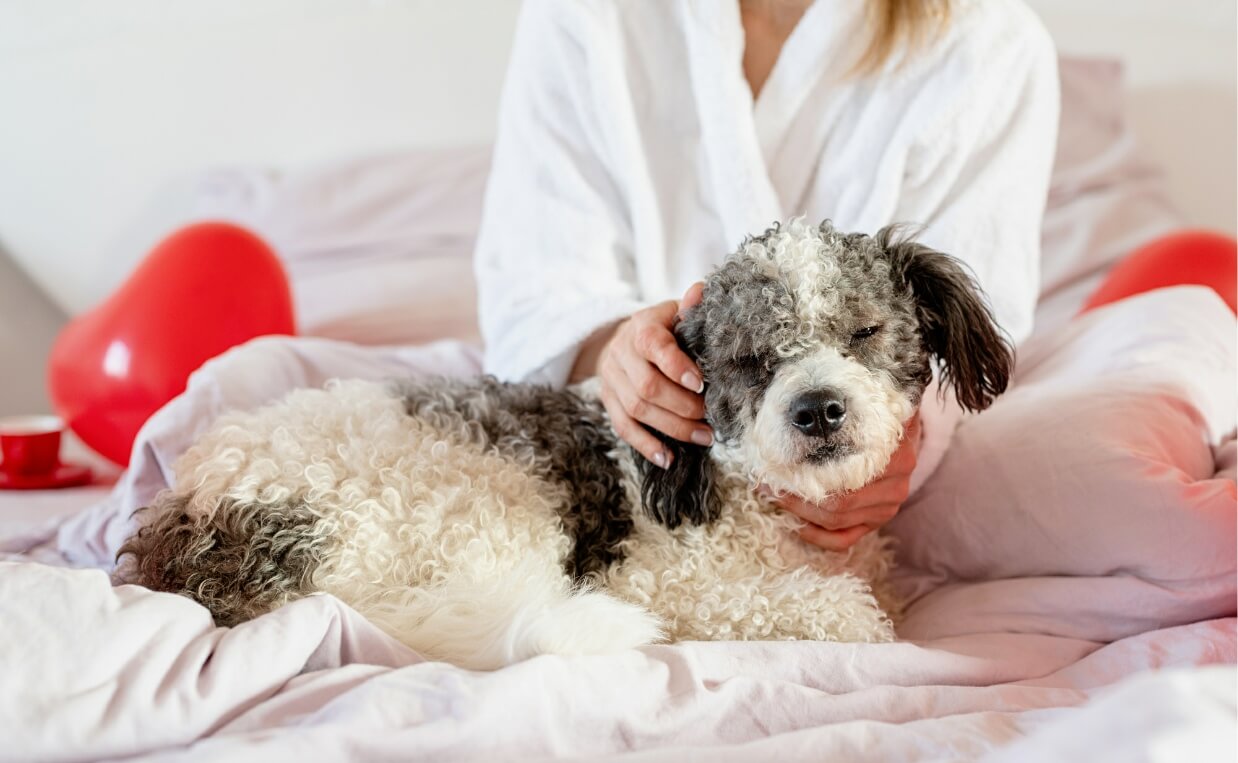
Tip 7: Use Calming Techniques
Various calming techniques can help reduce your hyperactive puppy’s anxiety and energy levels. Massage, gentle petting, and calming music are simple yet effective methods to help your puppy relax. Start by gently massaging your puppy’s neck, shoulders, and back, using slow, circular motions. This can help release tension and promote relaxation.
Gentle petting is another effective calming technique. Stroke your puppy slowly and calmly, focusing on areas they enjoy being touched. This can help reduce stress and hyperactivity, especially during times when your puppy is feeling anxious or overstimulated. Additionally, playing calming music or using white noise machines can create a soothing environment for your hyperactive puppy.
Pheromone diffusers and sprays can also be useful in calming a hyperactive puppy. These products release synthetic versions of the calming pheromones that a mother dog produces, helping to reduce anxiety and promote relaxation. Place the diffuser in your puppy’s safe space or spray their bedding to create a calming atmosphere.
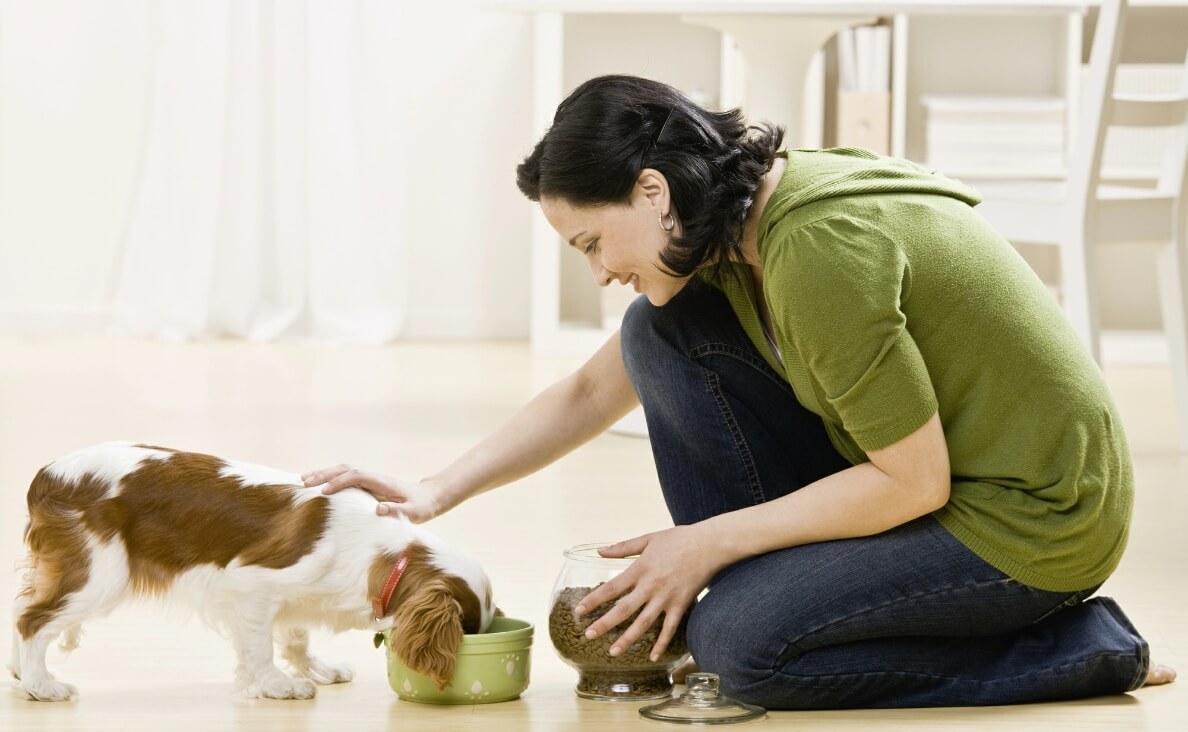
Tip 8: Proper Nutrition
Proper nutrition plays a significant role in managing your hyperactive puppy’s energy levels and behavior. High-quality, balanced food provides the essential nutrients your puppy needs for healthy growth and development. Poor nutrition can contribute to hyperactivity and other behavioral issues, so it’s important to choose the right diet for your puppy.
Consult with your veterinarian to determine the best food for your hyperactive puppy. Look for high-quality, commercial puppy food that meets the nutritional standards set by the Association of American Feed Control Officials (AAFCO). Avoid foods with excessive fillers, artificial additives, and high sugar content, as these can contribute to hyperactivity.
Feeding your puppy at regular intervals throughout the day can also help manage their energy levels. Avoid free-feeding, as it can lead to overeating and weight gain, which can exacerbate hyperactivity. Instead, establish set mealtimes and provide the appropriate portion sizes based on your puppy’s age, breed, and activity level.
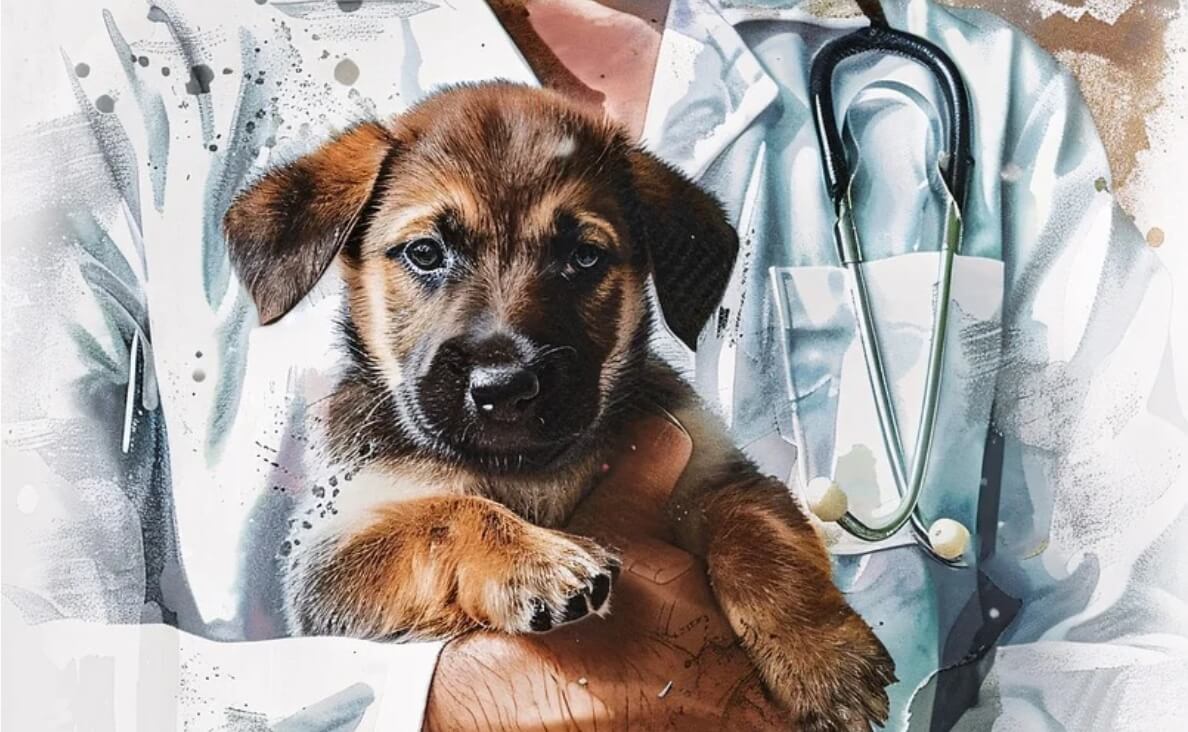
Tip 9: Regular Vet Check-ups
Regular veterinary check-ups are essential for ensuring your hyperactive puppy’s health and well-being. These visits help rule out any underlying medical issues that could be contributing to your puppy’s hyperactivity. Discuss your concerns with your veterinarian, and they can provide guidance on managing your puppy’s behavior and overall health.
During vet check-ups, your veterinarian will assess your puppy’s physical health, weight, and development. They can identify any medical conditions that may be affecting your puppy’s behavior, such as thyroid imbalances or allergies. If necessary, your vet may recommend specific treatments or dietary adjustments to help manage your hyperactive puppy’s energy levels.
In addition to addressing medical concerns, your veterinarian can provide valuable advice on training, socialization, and nutrition. They can recommend resources such as puppy training classes, behaviorists, or specialized diets to help manage hyperactivity. Regular check-ups ensure that your puppy’s health and behavior are closely monitored, allowing for early intervention if any issues arise.
Related: How to Choose the Best Veterinarian for Your Dog
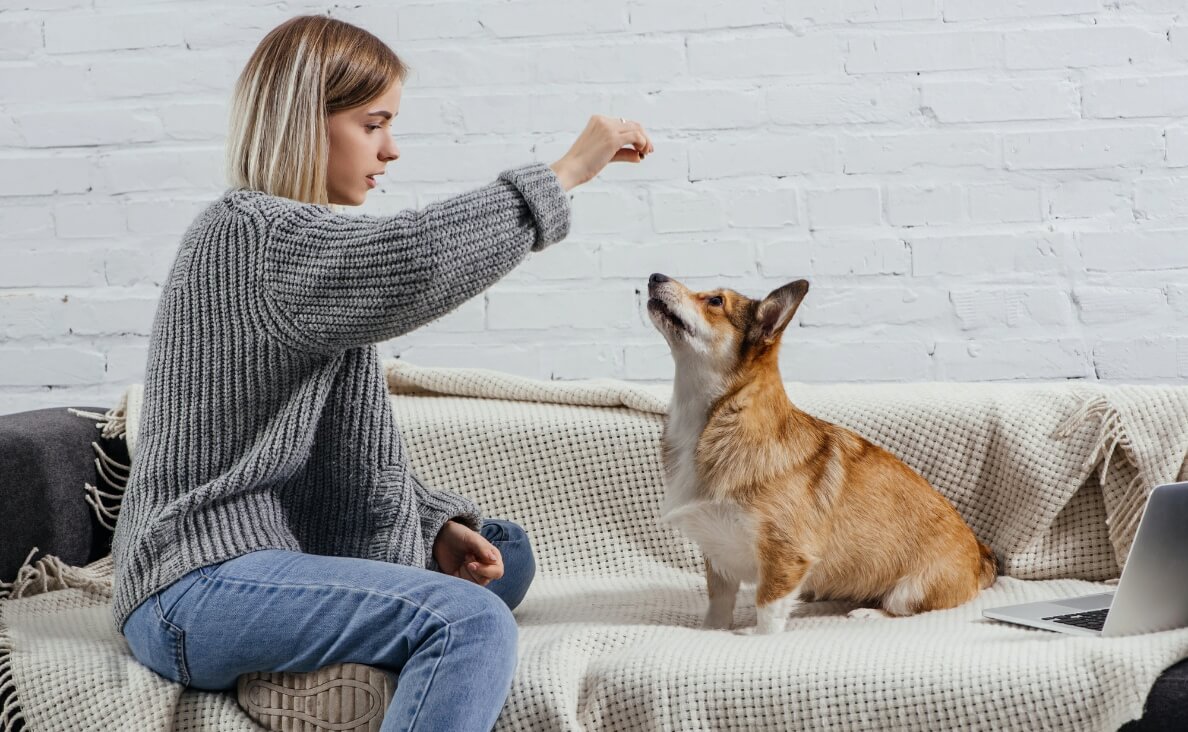
Tip 10: Patience and Consistency
Managing a hyperactive puppy requires patience and consistency. It’s important to remember that behavior change takes time, and progress may be gradual. Consistently applying the tips and techniques outlined in this guide will help your puppy learn and adapt to desired behaviors over time.
Patience is key when dealing with a hyperactive puppy. There will be setbacks and challenges, but staying calm and persistent is essential. Celebrate small victories and recognize that each step forward is progress. Consistency in training, routines, and reinforcement helps your puppy understand expectations and develop good habits.
Engage with your puppy regularly and make training and playtime enjoyable. Building a strong bond with your puppy through positive interactions fosters trust and cooperation. Over time, your hyperactive puppy will learn to manage their energy and behavior, resulting in a happier, more well-adjusted pet.
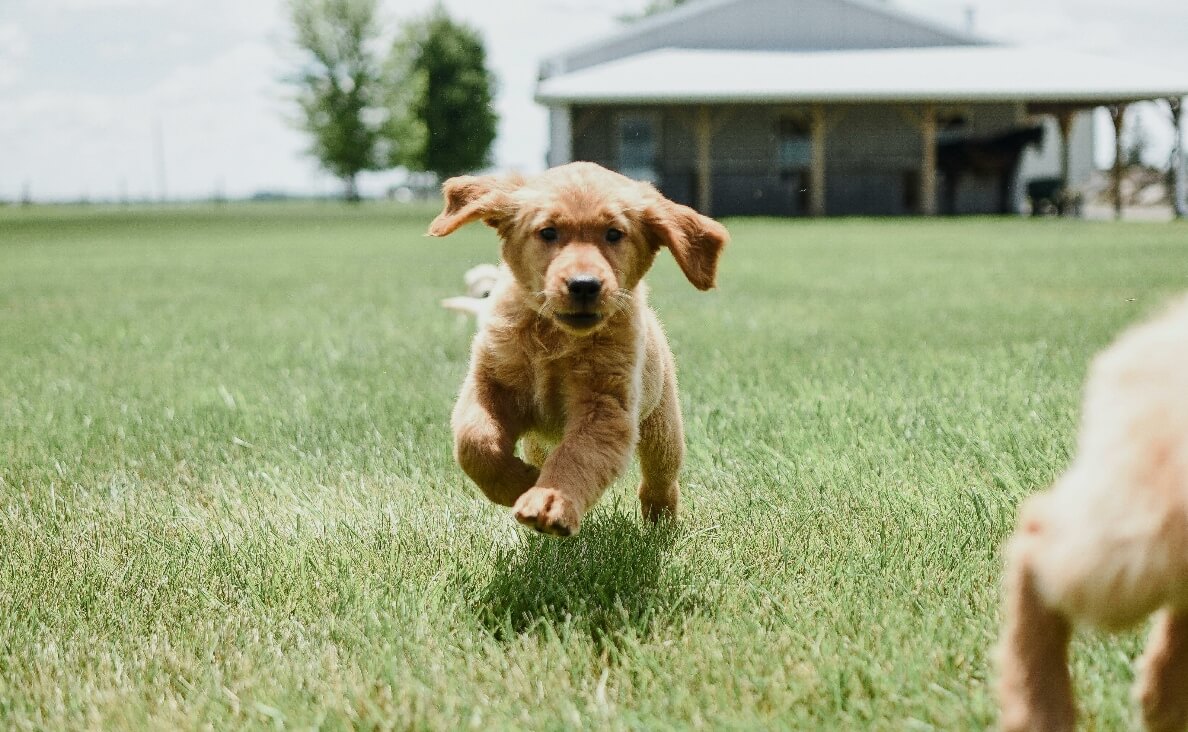
Final Thoughts
In summary, managing a hyperactive puppy involves establishing routines, providing ample exercise and mental stimulation, consistent training, socialization, creating a safe space, using calming techniques, proper nutrition, regular vet check-ups, and, most importantly, patience and consistency. By following these top 10 tips, you can help your hyperactive puppy become a well-behaved and content member of your family.
Have you struggled with a hyperactive puppy? What strategies worked for you to help calm your puppy? Please share below…

 The Most Popular Dog Names in 2017
The Most Popular Dog Names in 2017 Why Shock Collars Hurt Dogs and Better Training Methods
Why Shock Collars Hurt Dogs and Better Training Methods 18 Puppy Training Tips to Help You Stay Sane
18 Puppy Training Tips to Help You Stay Sane 20 Uncomplicated Do’s and Don’ts for House Training Your New Puppy or Dog
20 Uncomplicated Do’s and Don’ts for House Training Your New Puppy or Dog National Pet Fire Safety Prevention Day
National Pet Fire Safety Prevention Day






Leave a Reply